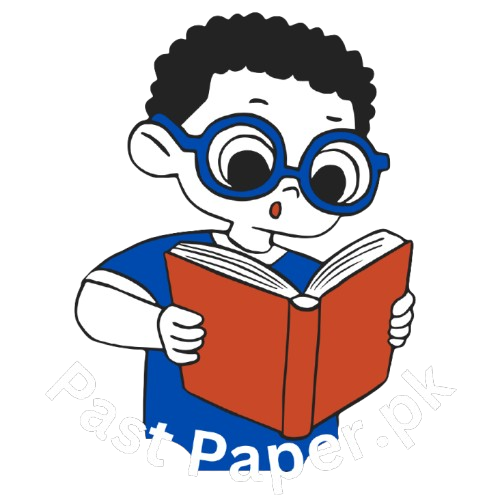CSS English Literature Past Paper 2005
Paper-I
PART-II (Subjective) 80 Marks
Attempt ONLY FOUR Questions from PART-II selecting TWO questions from EACH
SECTION. (20×4)
PART-II
SECTION-I
Q. 2 Legouis says “Wordsworth saw Nature and Man with new eyes.” Examine this new vision critically.
Q. 3 Shelley was inspired by love, that is not limited to mankind only. Discuss.
Q. 4 “Free from all moral dogma, Keats’s poetry has the most compelling enchantment for lovers of pure beauty.” Discuss.
SECTION-II
Q. 5 Ruskin expressed his ideas in a magnificent poetic and decorative prose. Discuss with examples.
Q. 6 Dickens set so personal a stamp on his books that at every turn he seemed to be an innovator. Discuss.
Q. 7 Do you think that G. Eliot is the first English novelist who has shown tremendous psychological insight?
Q. 8 Write detailed notes on two of the following:
- Main literary trends in the Victorian age.
- Main characteristics of Romanticism with special reference to English Romantic poets.
- R. Browning’s interest in psychological analysis of characters from different countries.
- The concept of fate in Hardy’s novels.
Paper-II
PART-II (Subjective) 80 Marks
Attempt ONLY FOUR Questions from PART-II. (20×4)
PART-II
Q. No. 2. Of all the plays, it is the longest and is precisely one on which Shakespeare spent most pains, yet left in it superfluous and inconsistent scenes. Substantiate statement with at least five superfluous and inconsistent scenes.
Q. No. 3. No one can become really educated without having pursued some study in which he took no interest. For it is a part of education to interest ourselves in subjects for which we have no aptitude. To what extent does this statement have relevance to the present education in our society?
Q. No. 4. To what extent is T.S. Eliot’s claim justified when he claims universality for The Waste Land, considering there exists a mounting wave of criticism by other critics? Give your objective views.
Q. No. 5. Robert Frost’s range in tone has spanned from the lyric to the narrative, from dramatic to meditative, and from the terrifying to the humorous. All the fun’s in how you say a thing. Elaborate.
Q. No. 6. The Old Man and the Sea, at 26,531 words by the author’s laborious count, is perhaps his most sustained attempt to unite the actual and symbolic under one continuous narrative roof. Comment critically.
Q. No. 7. W. B. Yeats’ works deal intensely with three basic urges. List and elaborate on each urge.
Q. No. 8. Write short notes on Jane Austen and Swift, as you have seen them in Pride and Prejudice and Gulliver’s Travels.
